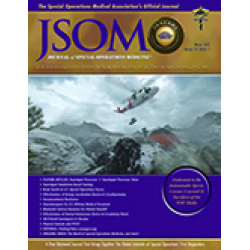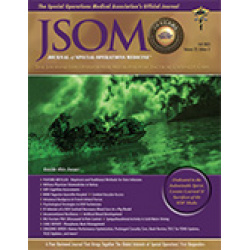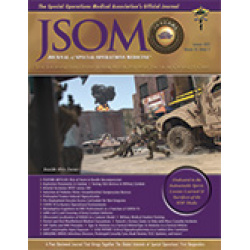Latest Products
Comparison of DripAssist to Traditional Method for Achieving Rate Infusions by U.S. Army Medics
Golden DJ, Castaneda P, Carius BM, Simmons CJ 23(3). 9 (Journal Article)
Literature finds improper intravenous (IV) infusion rates as the most common cause of medication administration errors (MAE). Calculating drip rates and manipulating roller clamps while counting drops within the drip chamber to manage IV infusions - known as the traditional method (TM) - increases the likelihood of IV MAEs compared to electronic infusion pumps. The DripAssist, a novel in-line device, allows users to monitor and adjust infusion rates without calculating rates or counting drops. We conducted a prospective, randomized, crossover study with a convenience sample of U.S. Army medics initiating infusion rates using the DripAssist and the TM. Investigators randomized participants to start with the TM or DripAssist and achieve three specific infusions using an in vitro model. The primary outcome was the time to achieve the desired infusion rate measured in seconds. Secondary outcomes included drip rate accuracy and volume infused over one hour. End user feedback included method confidence on a 100-point Bandura scale and appraisal using a five-point Likert item. Twenty-two medics demonstrated faster time to achieve infusion rates with the DripAssist over TM (median 146.5 seconds vs. 207.5 seconds, p = .003). A sequence effect noted faster time to achieve desired infusion rates with the TM after completing infusions with DripAssist (p = .033). The DripAssist demonstrated significantly improved accuracy for drip rate and volume administered over one hour compared to TM (median rate error: 5% versus 46%, p <.001; median volume percentage error: 26.5% versus 65%, p <.001). The DripAssist had significantly higher user confidence (median 80 vs. 47.5, p <.001) and was perceived as easier to use (median 4 vs. 2, p = <.001) and more likely to be learned, remembered, and performed by a medic (median 5 vs. 3, p <.001). Most participants (90%) preferred the DripAssist for establishing a rate-specific infusion. The DripAssist demonstrated significantly faster time to achieve infusion rates, improved accuracy, and increased user confidence. Sequence effects may confound time data. We recommend further studies of the DripAssist by prehospital medical personnel in more austere environments.


 Español
Español 



